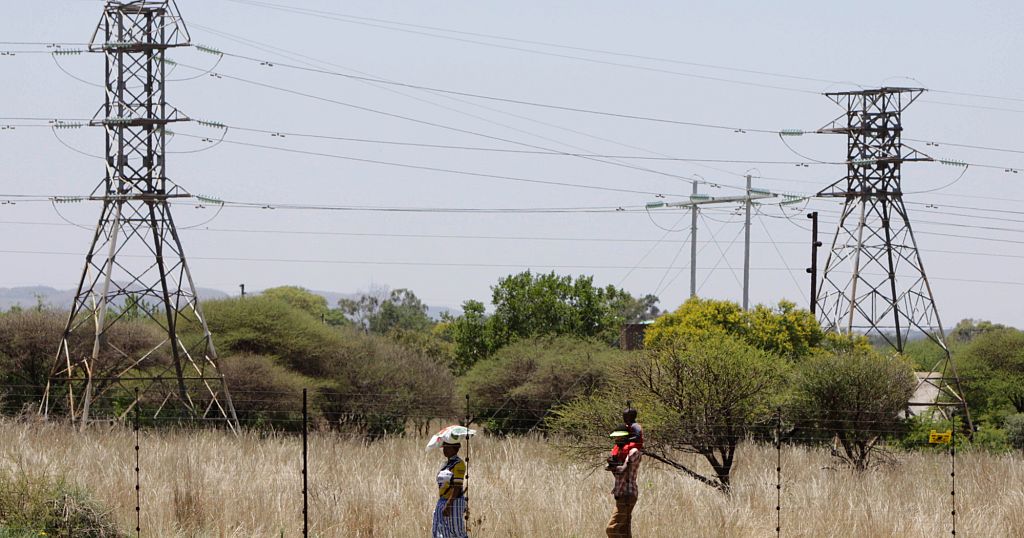South Africa’s state-owned power utility, Eskom, announced plans this week to overhaul its energy portfolio, aiming to transition from coal dependency to renewable sources as its primary electricity supply by 2040. Currently generating 95% of the nation’s power and operating Africa’s largest electricity grid, Eskom faces mounting pressure to address both its environmental footprint and financial instability while keeping the lights on in a coal-reliant economy.
Under the proposed strategy, coal-fired capacity would drop by over 50%—from 39 gigawatts (GW) to 18 GW—while renewable energy projects like solar and wind would surge from less than 1 GW today to 32 GW within the same period. The shift aligns with global climate goals but presents steep challenges for a company grappling with a R400 billion ($22.3 billion) debt burden and a R55 billion ($3 billion) net loss in the 2024 fiscal year. Eskom’s leadership told lawmakers that these financial constraints have delayed investments in cleaner energy infrastructure.
The urgency of the transition is underscored by the utility’s status as the world’s largest emitter of sulfur dioxide (SO₂), according to a 2021 report by the Centre for Research on Energy and Clean Air (CREA). The toxic gas, linked to respiratory illnesses and acid rain, is released by Eskom at levels exceeding the combined output of the entire power sectors in the United States and European Union. Aging coal plants, some operating beyond their intended lifespans, contribute to both pollution and frequent power outages that have stifled South Africa’s economic growth.
To bridge the gap, Eskom plans to “repower” retiring coal facilities with advanced technologies, though specifics remain unclear. A newly established renewable energy division will spearhead projects and collaborate with private partners to accelerate the rollout of wind, solar, and battery storage systems. The strategy echoes similar shifts in emerging economies balancing decarbonization with energy security, but critics warn that funding shortfalls and bureaucratic delays could derail progress.
The utility’s debt crisis, exacerbated by mismanagement and declining electricity sales, complicates its ability to secure financing for renewables. Government bailouts and proposed tariff increases have drawn public ire, highlighting the delicate balance between fiscal recovery and affordable energy access. Analysts note that international partnerships and green financing mechanisms may prove critical to achieving Eskom’s 2040 targets without worsening South Africa’s economic strain.
As the continent’s most industrialized nation navigates this transition, Eskom’s success or failure will serve as a test case for coal-dependent economies worldwide. The plan signals a recognition of both the escalating costs of fossil fuels and the economic opportunities in renewables, though its viability hinges on execution amid persistent structural headwinds.
